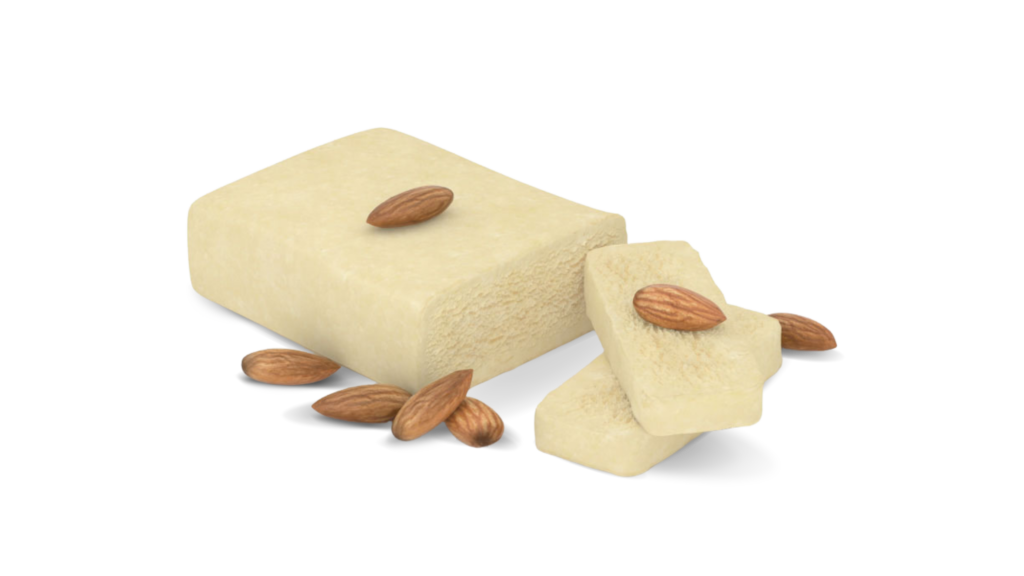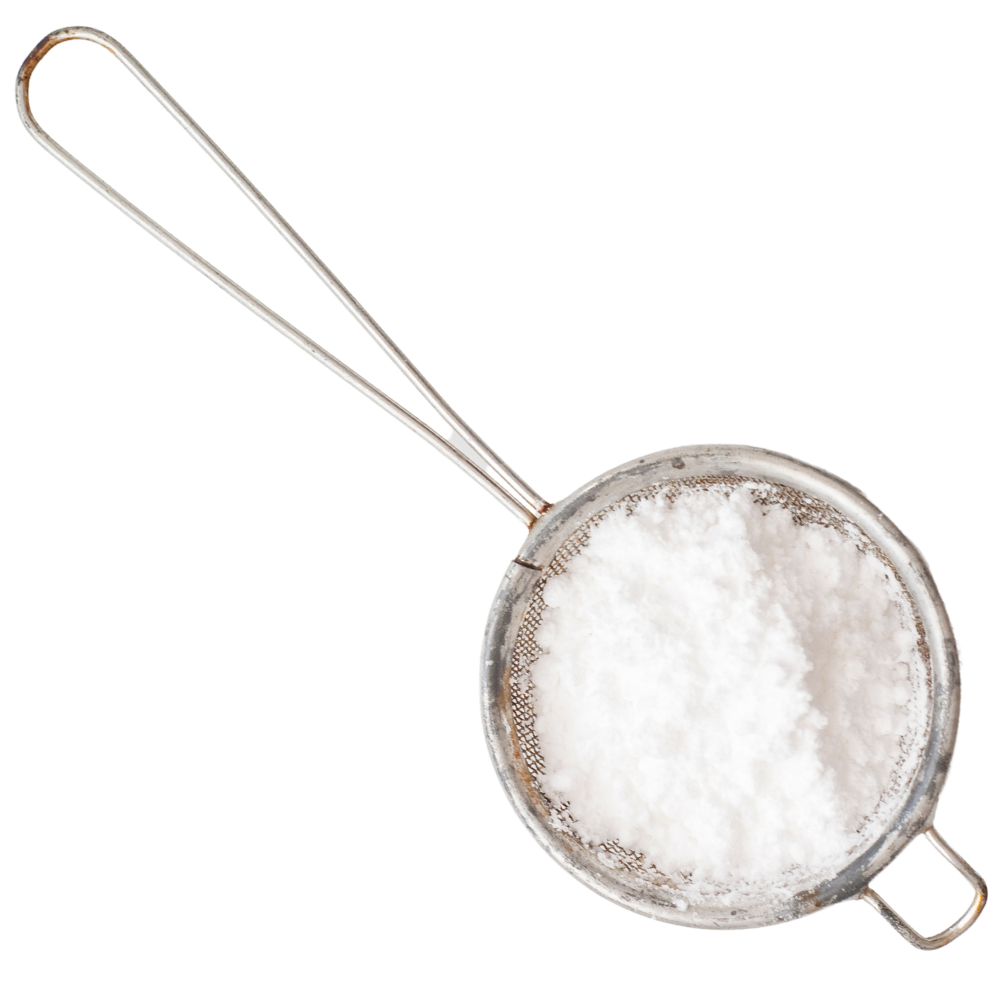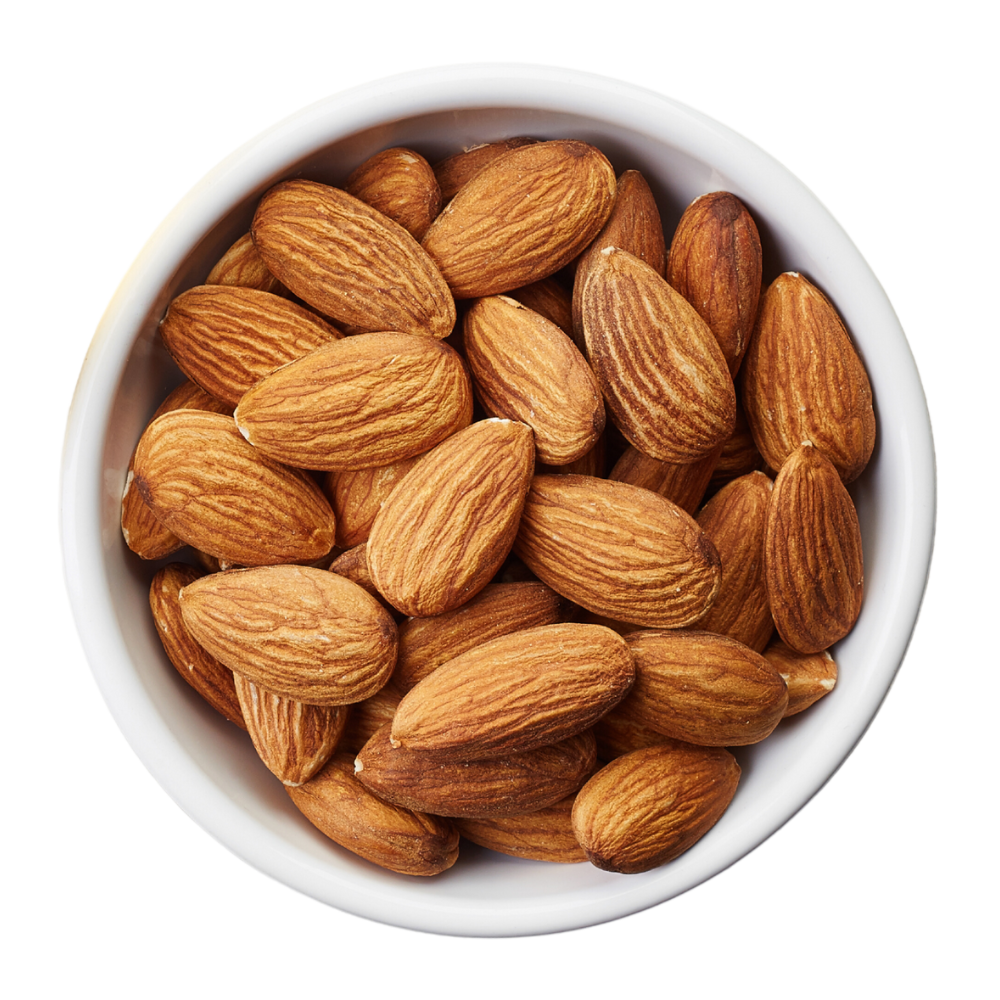Marzipan is a delectable almond delicacy that not only boasts of its exquisite taste but also of its health benefits. This delicacy is made from natural selected almonds, which ensures that all the beneficial substances inherent in almonds are preserved.
The word “marzipan” is derived from the German word “Marzipan” or the Italian word “marzapane.” It is believed that the name was given in honor of St. Marcus. In Estonia, marzipan is known as “martsipan.”
Marzipan is made by mixing grated and powdered almonds with powdered sugar to form an elastic paste. This paste can be used to make a wide variety of marzipan products such as sweets, figurines, flowers, fruits, cake decorations, desserts, and more. No additives are needed to glue the modeled products together. The products can be painted with edible paints or glazed with chocolate, sugar, lemon, or other options. Marzipan can also be consumed in its pure form, without any paints or glaze, and is known as marzipan mass or marzipan bread.

Marzipan with higher sugar content (30 or 40%) is basically edible plasticine. Kids love to create figure of their favourite cartoon character before enjoying the taste.


High almond content marzipan (premium marzipan) is basically sold ready-to-go into oven and to become your hastily prepared dessert for guests or family.
We love to experiment with flavours so in our assortment you will find more than 8 different flavors, from the more classic ones like premium marzipan or pistachio marzipan, to the more daring flavors like raspberry, blueberry, salted caramel and orange.


In our marzipan we add only natural ingredients such as almond, sugar powder and corn syrup. Flavored marzipans are produced exclusively using real crushed particles of products such as citrus peel, dried raspberries and crushed pistachios
100 grams of marzipan contains 479 kcal, which will energize everyone during a busy day. Prefer marzipan with a higher almond content if you want to get the main energy from fats and proteins rather than from sugars.


Properly packaged and within good storage conditions classic marzipan (40% almond) will last up to one year. Good storage conditions are dry place with a room temperature inside.
The authenticity and superiority of marzipan is determined by the ratio of the amount of almonds and sugar used in its preparation. Generally, the higher the proportion of almonds used, the better and more costly the marzipan will be. Typically, the content of almonds ranges from about 1/3 to 1/4 depending on the specific product. To create figurines, a greater amount of sugar is necessary to make them sturdy and durable over time.

Sugar powder

Almonds

Syrup
According to one of the legends, marzipan was invented in Italy, in the year of the great crop failure, when almonds turned out to be the only product that survived all the hardships. It was then that savvy Italians began to make bread, pizza and sweet marzipan out of it. However, the French, in turn, claim that it was they who invented marzipan. And then what about the Germans, who have their own marzipan capital – the former Hanseatic city of Lübeck (Tallinn, by the way, was also a city of the Hanseatic League)? After all, for many centuries they have been making the most delicious marzipan mass of the highest quality (according to a secret old recipe!), Which is used by confectioners all over Europe! And the word itself most likely comes from the German language …
And, of course, Estonia has its own legend of the origin of marzipan, which became widely known thanks to the work of the wonderful Estonian writer Jaan Kross.


Sign up for our mailing list to get latest updates and offers
Tallinn, Estonia
E-mail: info@martsipan.ee
Phone: +372 5553 2626
The Gallery is closed at the old address. We will inform you if we will open it at a new address. Now you can order our products online and in Kaubamaja shops, send us special orders, and order off-site lessons.
Copyright © 2025 Marzipan Gallery – All Rights ReservedMade by DIGIELU